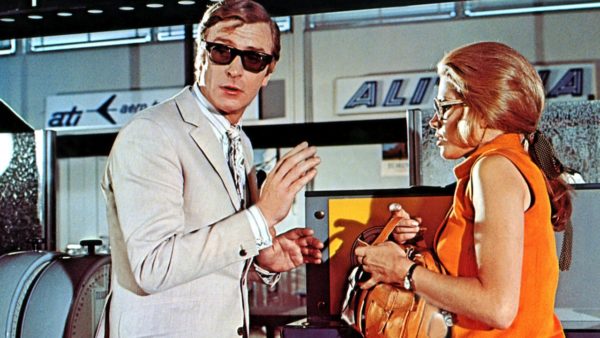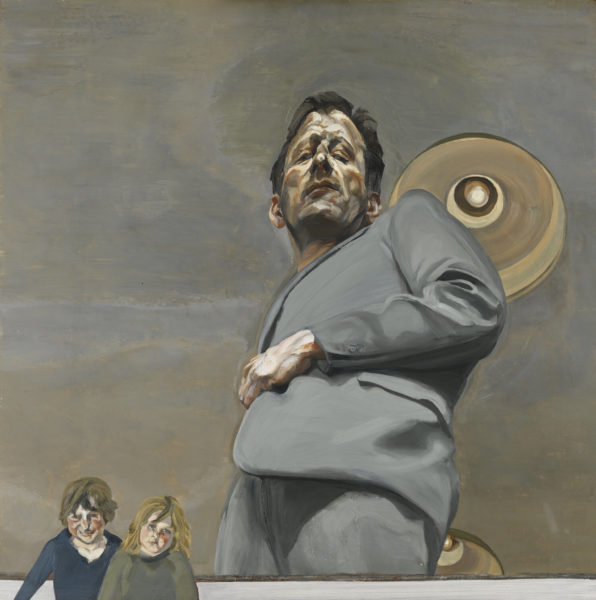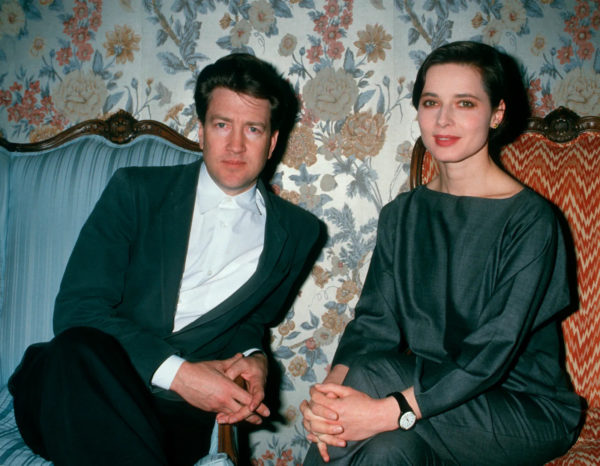At the birth of the modern jacket in the 19th century, the back of the garment did not have a vent to avoid altering its fit. The jackets, then rather fitted, proved to be impractical when sitting. Only tailcoats and other long ceremonial jackets had long vents.
Officer Uniform and the Birth of Vents
It is necessary to wait until the end of the First World War for vents to make their appearance on city jackets. Initially, there was only one at the beginning and in the middle of the back, in the spirit of the uniform jackets worn by officers, as well as by horsemen. The jacket thus becomes much more fluid and mobile, and the back no longer wrinkles when sitting.
Two Vents:
In the 1940s, the jacket acquired a second vent. Men strolled with their hands plunged into the large pockets of their loosely cut pants without the risk of altering the jacket’s cut. The two vents give the silhouette a more rectangular impression, while jackets with one or no vent are more cylindrical.
Return of the Single Vent and Reminiscence of the 1920s
The 1960s are characterized by the popularization of the blazer with gold buttons, which becomes the uniform of IVY students. Taking the uniform jackets of English schools from the 1920s as a model, American blazers have a single vent, called the “hammer vent” due to the firmness of the seam at its origin.
The 1970s are marked by a return to jackets with a single vent. In parallel with the widening of lapels and for the sake of balance in proportions, the vent becomes even more plunging.
The disappearance of the vents or the birth of the designer suit
The 1980s, led by the fashion designer Armani, are characterized by the elimination of the vents. Jackets are more spacious, and pants have a lower waist. This regained volume allows jackets to abandon their vents without losing comfort.
Hedi Slimane transforms poorly tailored thrift store suit jackets into luxury and rock pieces. Models parade in short suit jackets without vents. Whether crossed or straight, the jackets are seen from the back as uniform blocks. Graphic design and line purity.
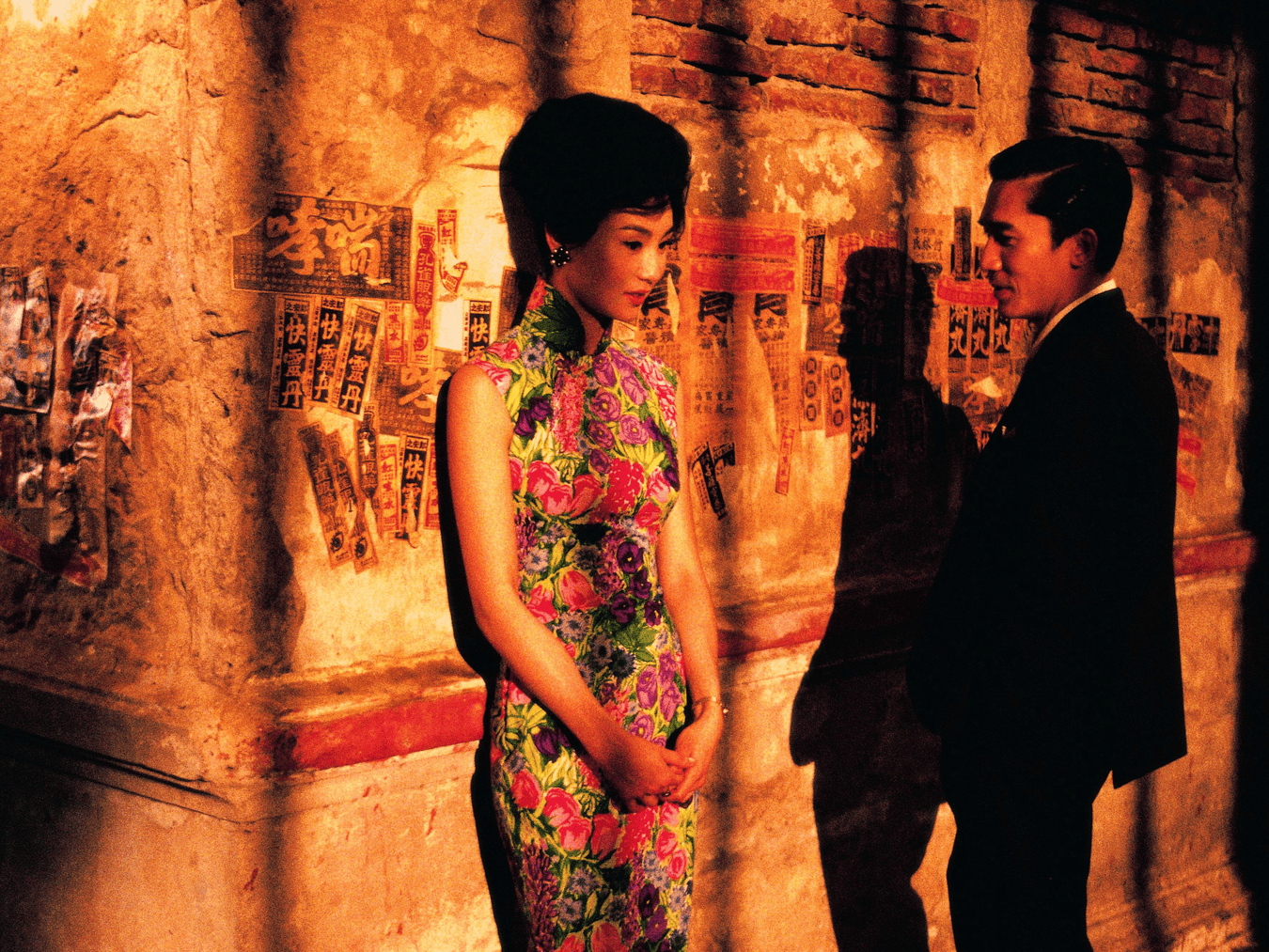
In the Mood for Love. by Wong Kar-wai. 2000.

photo Lothar Wolleh. Oliver Wolleh. Berlin.
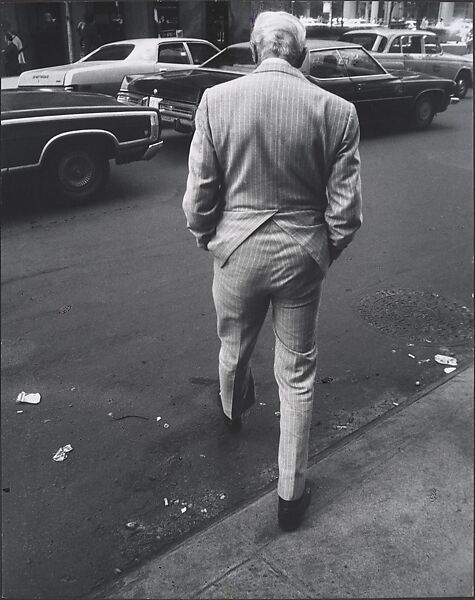
Street Scene Man in Pinstripe Suit. by Leon Levinstein. Howard Greenberg Gallery. New York. 1970.
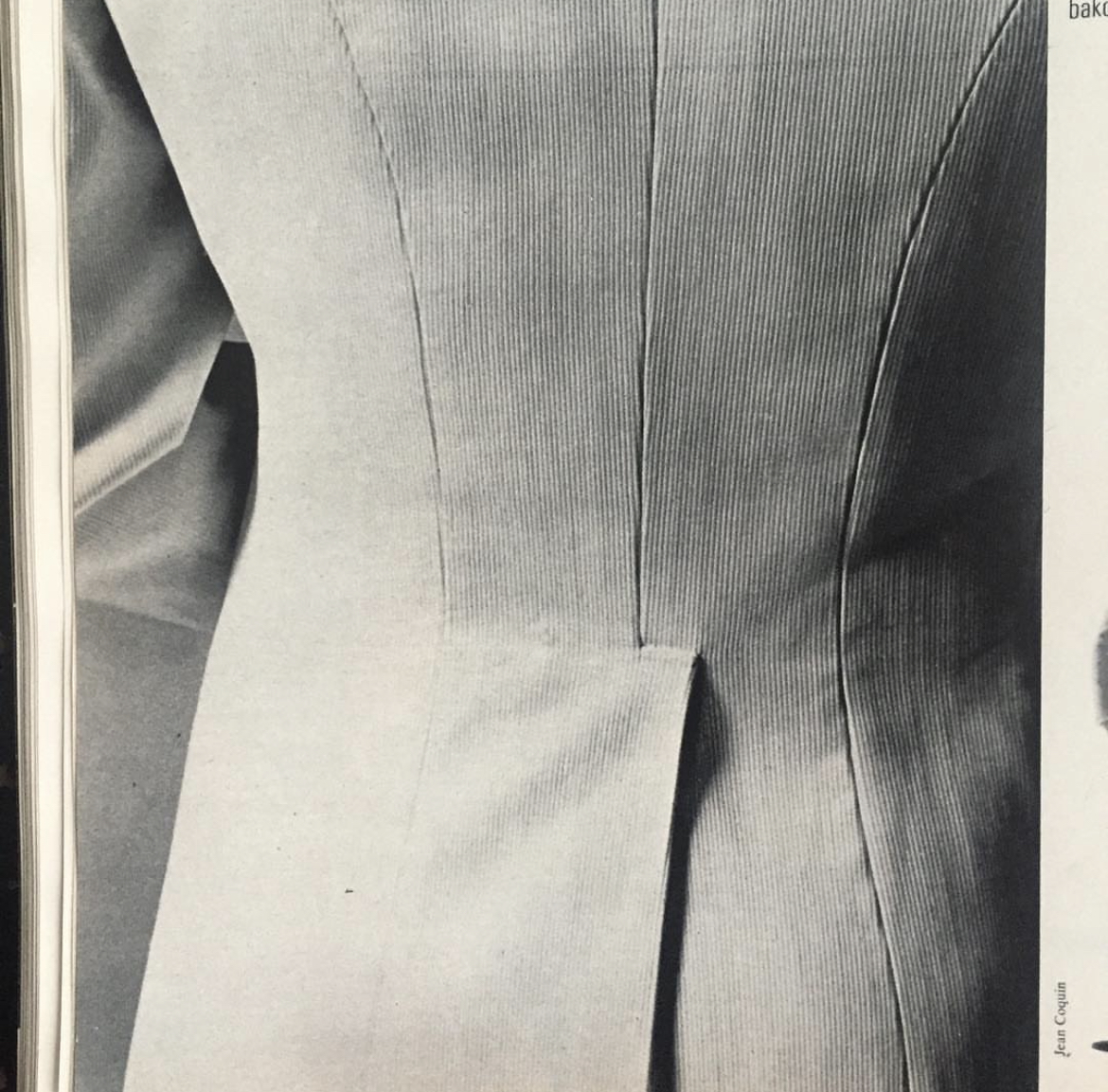
Fente marteau, archives husbands. 2019.
- A HISTORY OF MEN’S FASHION« Chenoune shows how menswear shifts between fashion and function, individuality and universality—a history that never ends. »
- COTTON« Soft, but with weight. Relaxed, but never shapeless. It carries memory in its creases. »
- LUCIAN FREUD« from borrowed suits to bespoke tailoring, Freud’s fashion choices evolved with his art »
- DAVID LYNCH« The oddest of Americans, the most American of oddballs, Lynch was a man with a uniform. »

